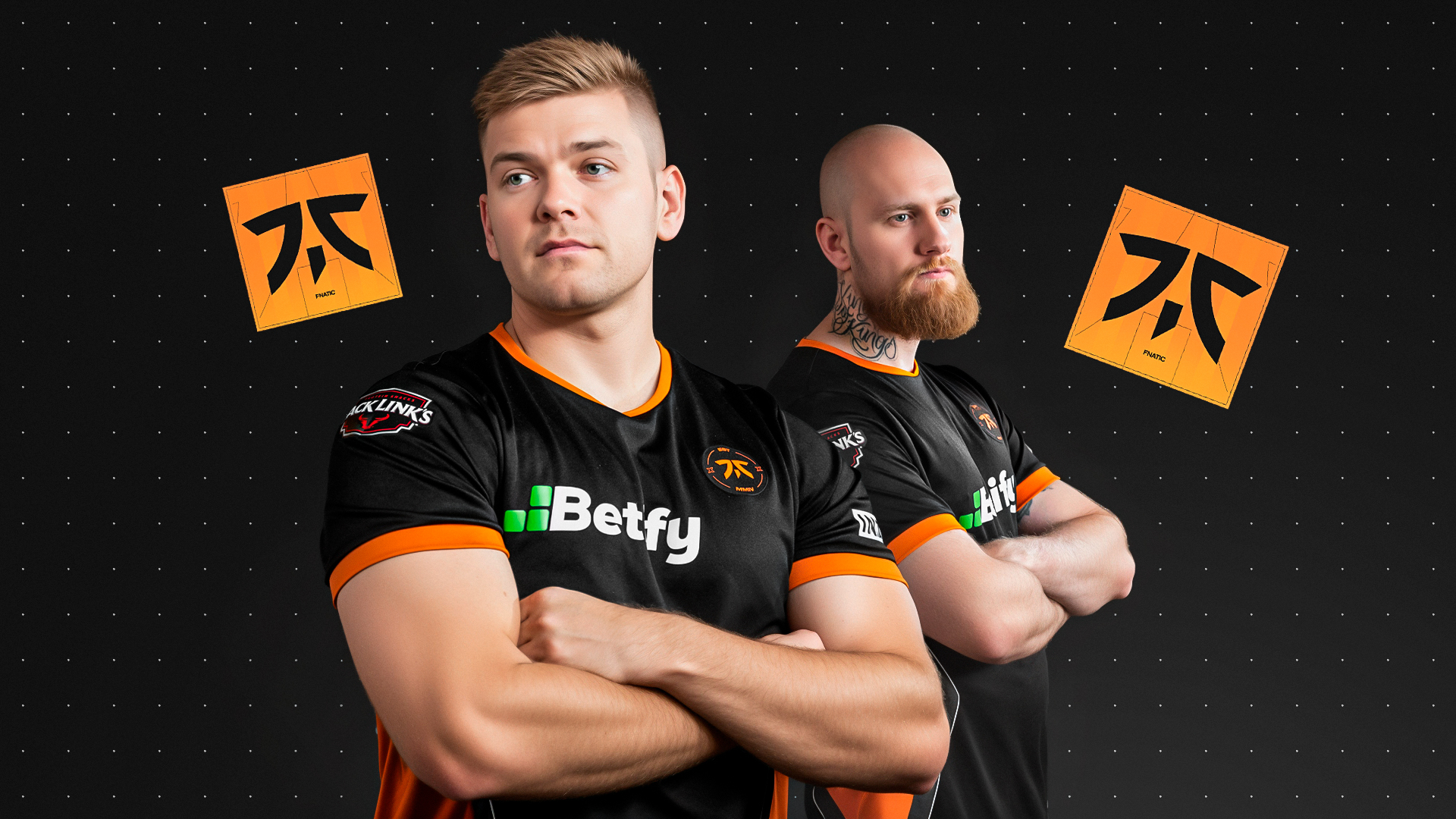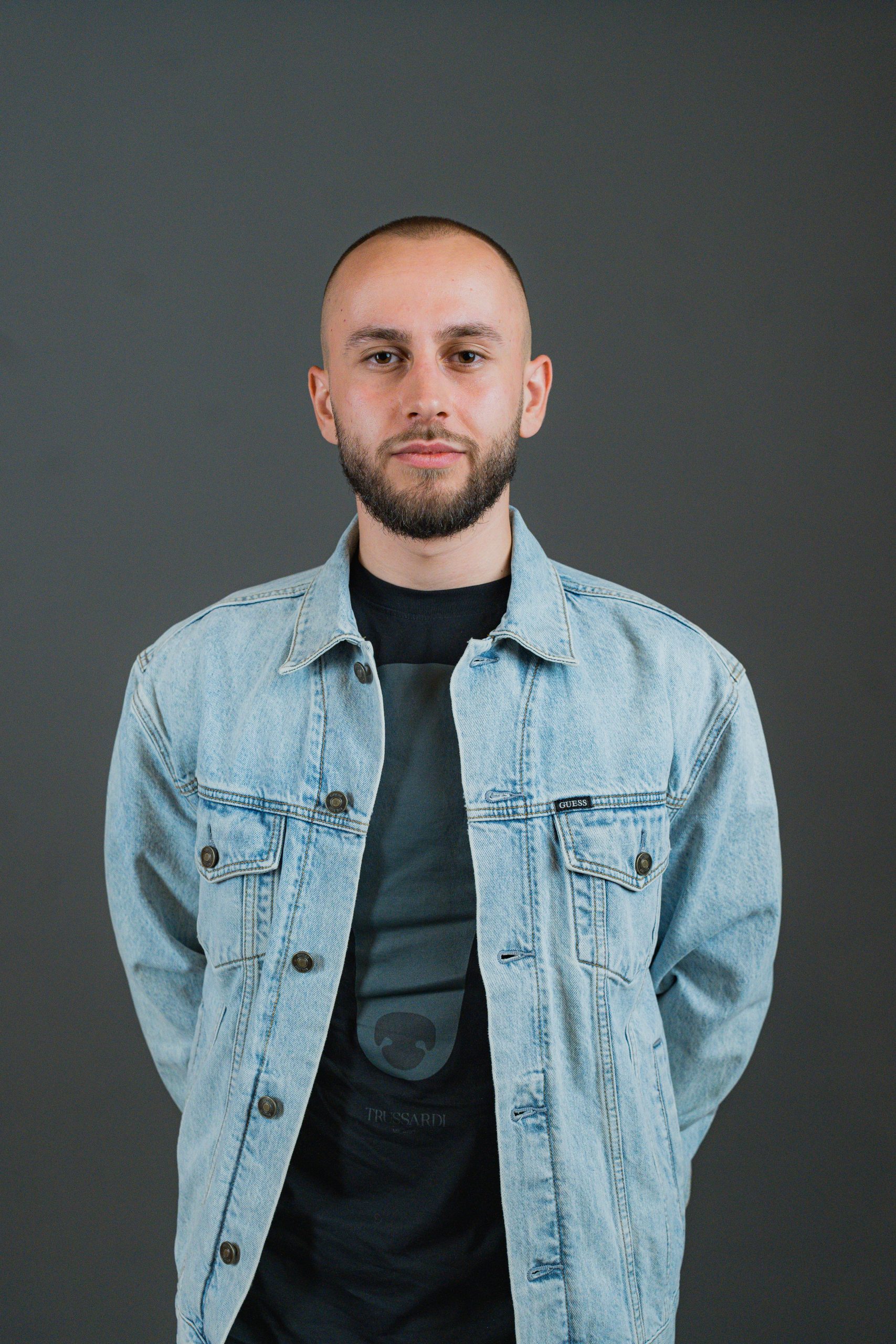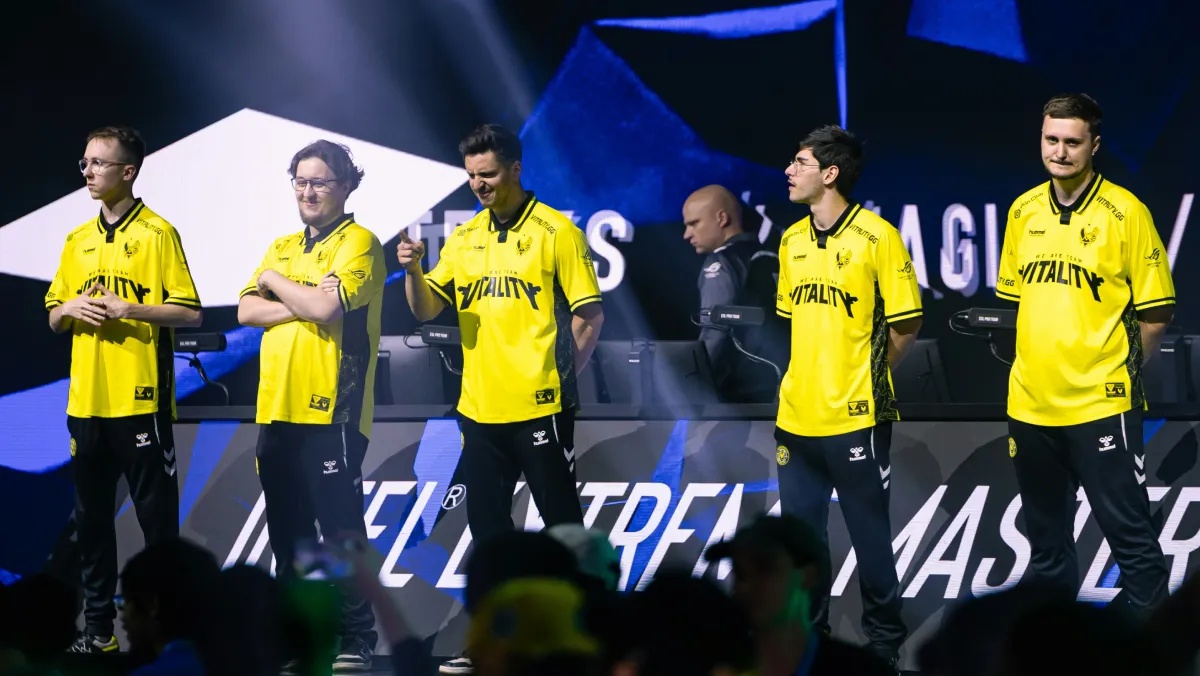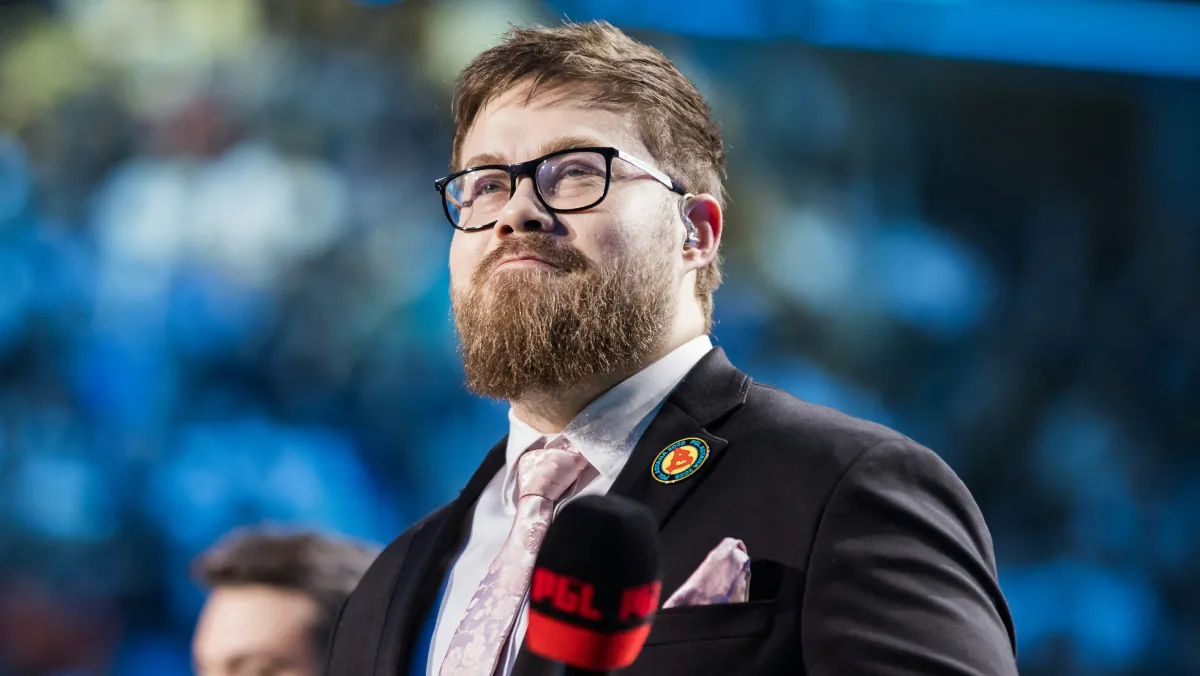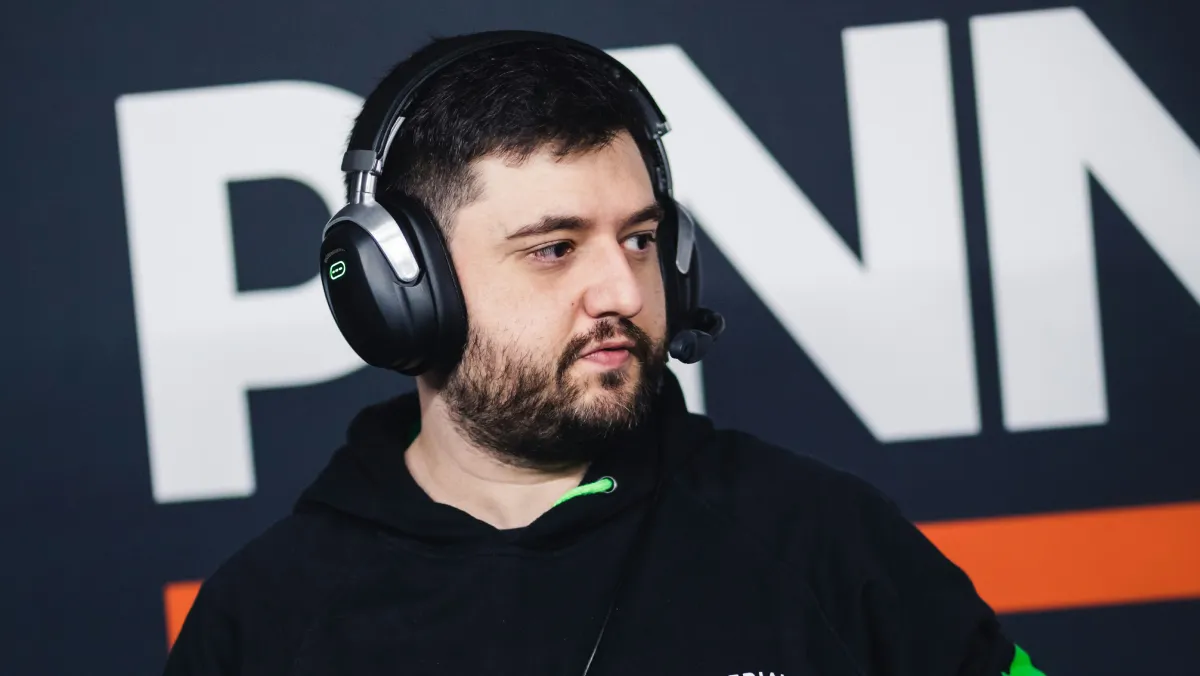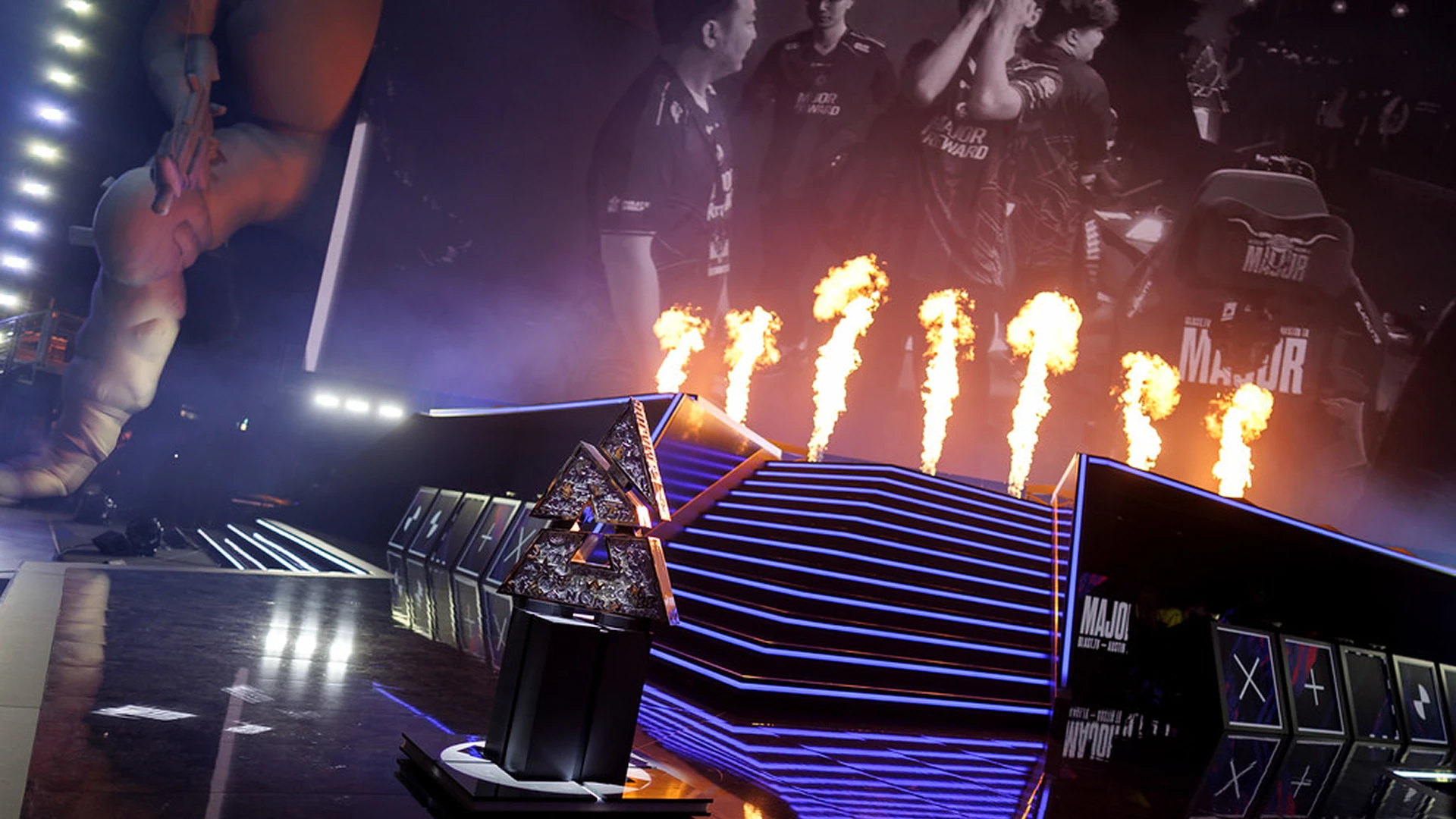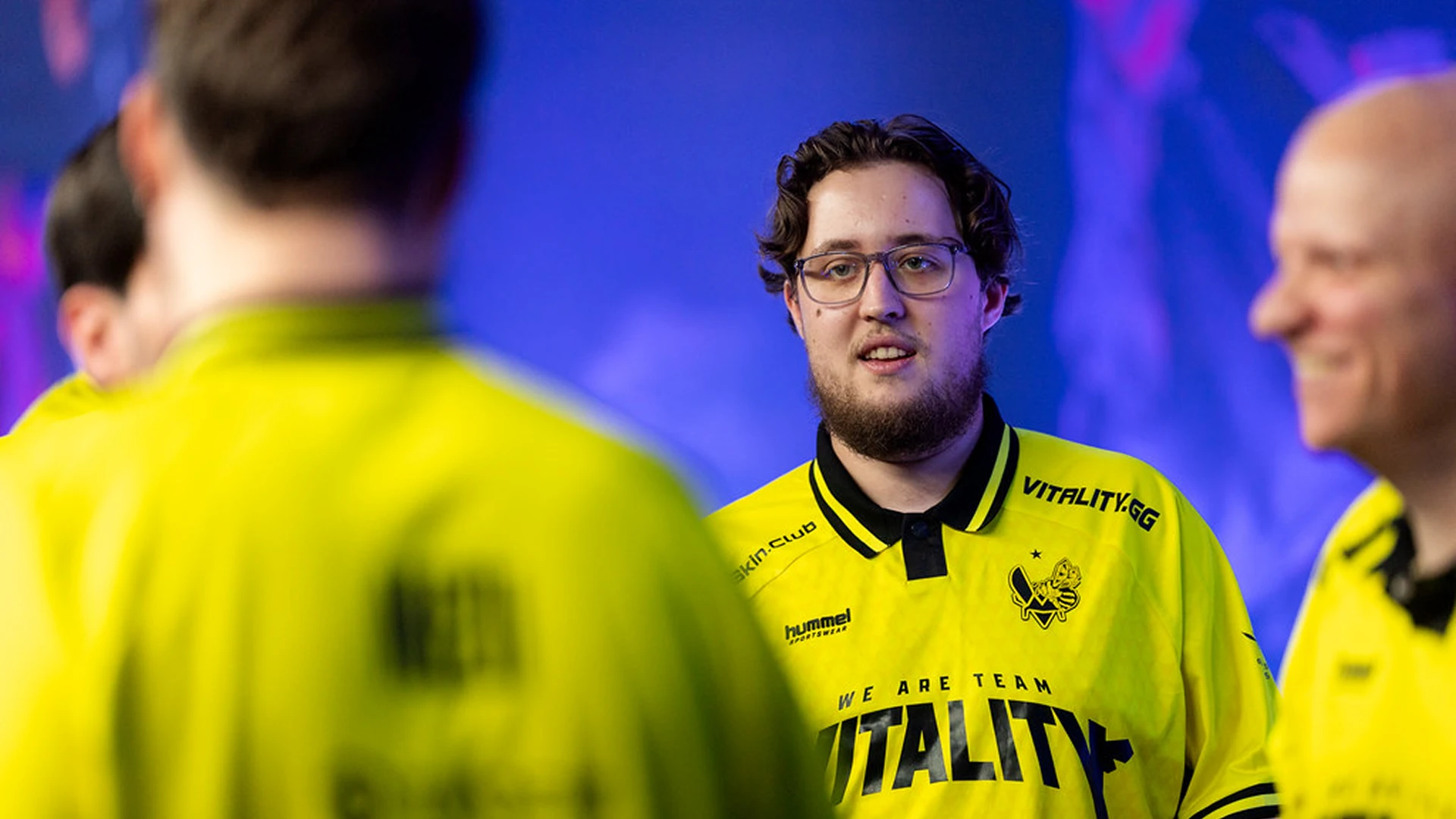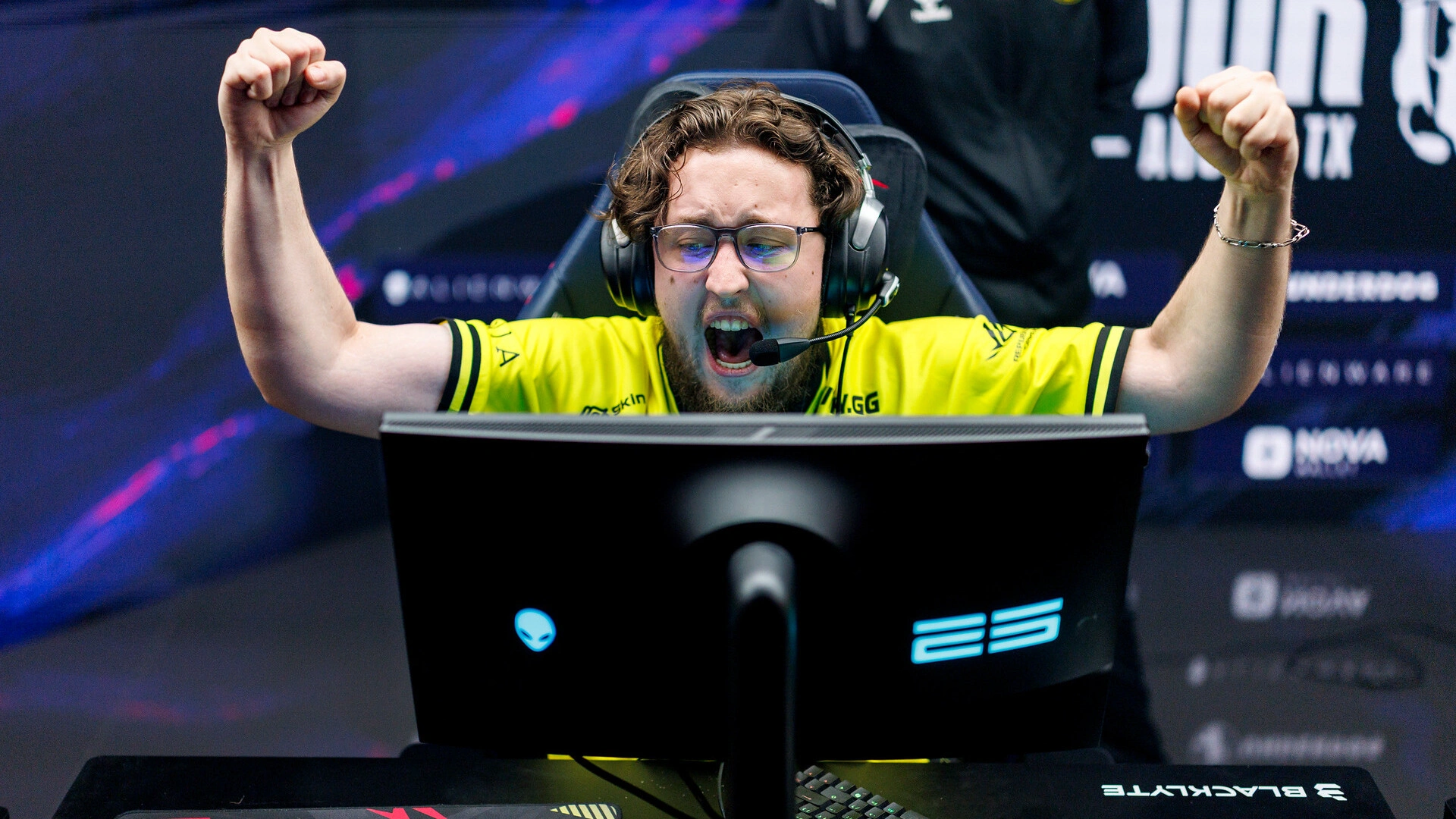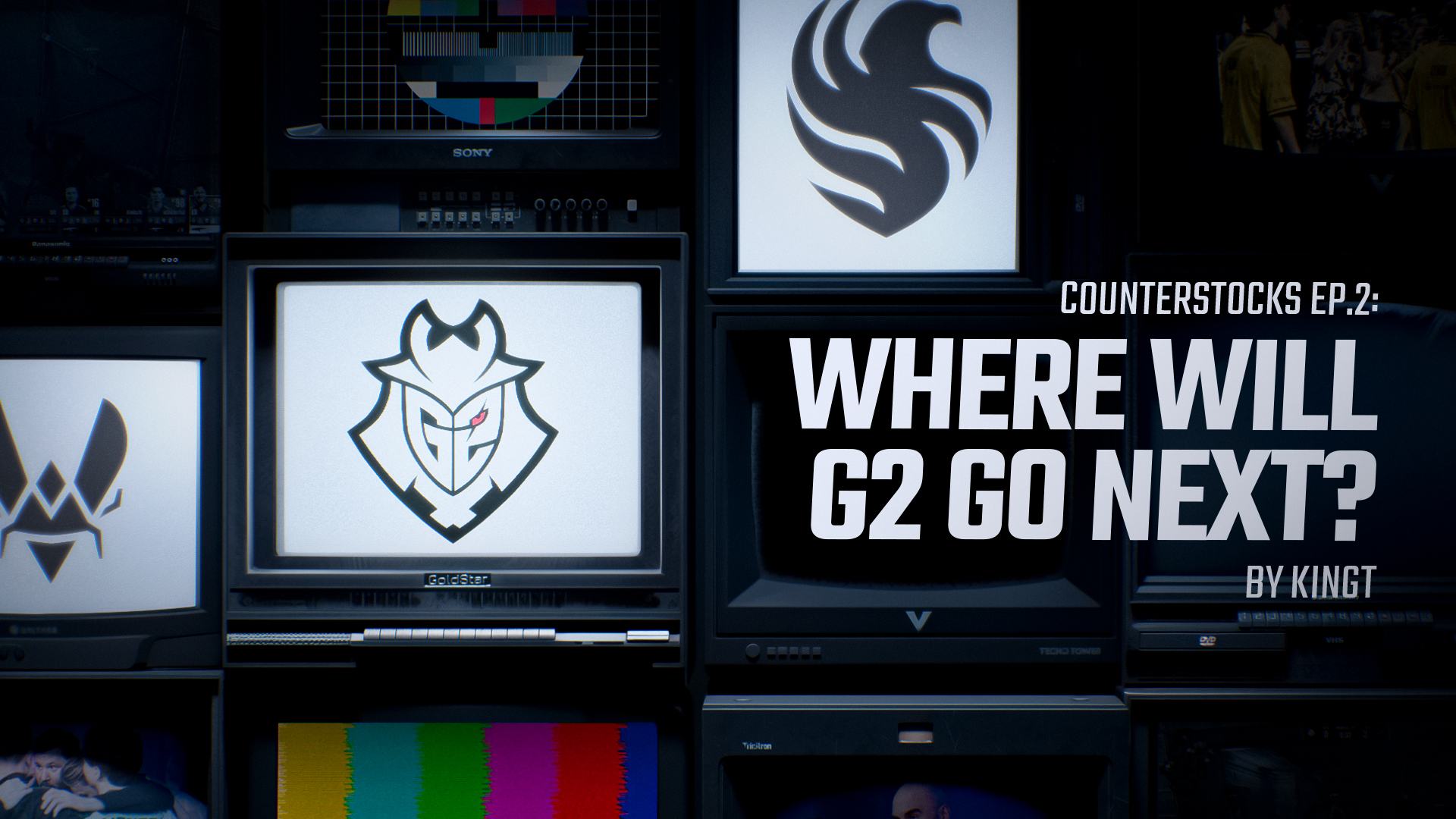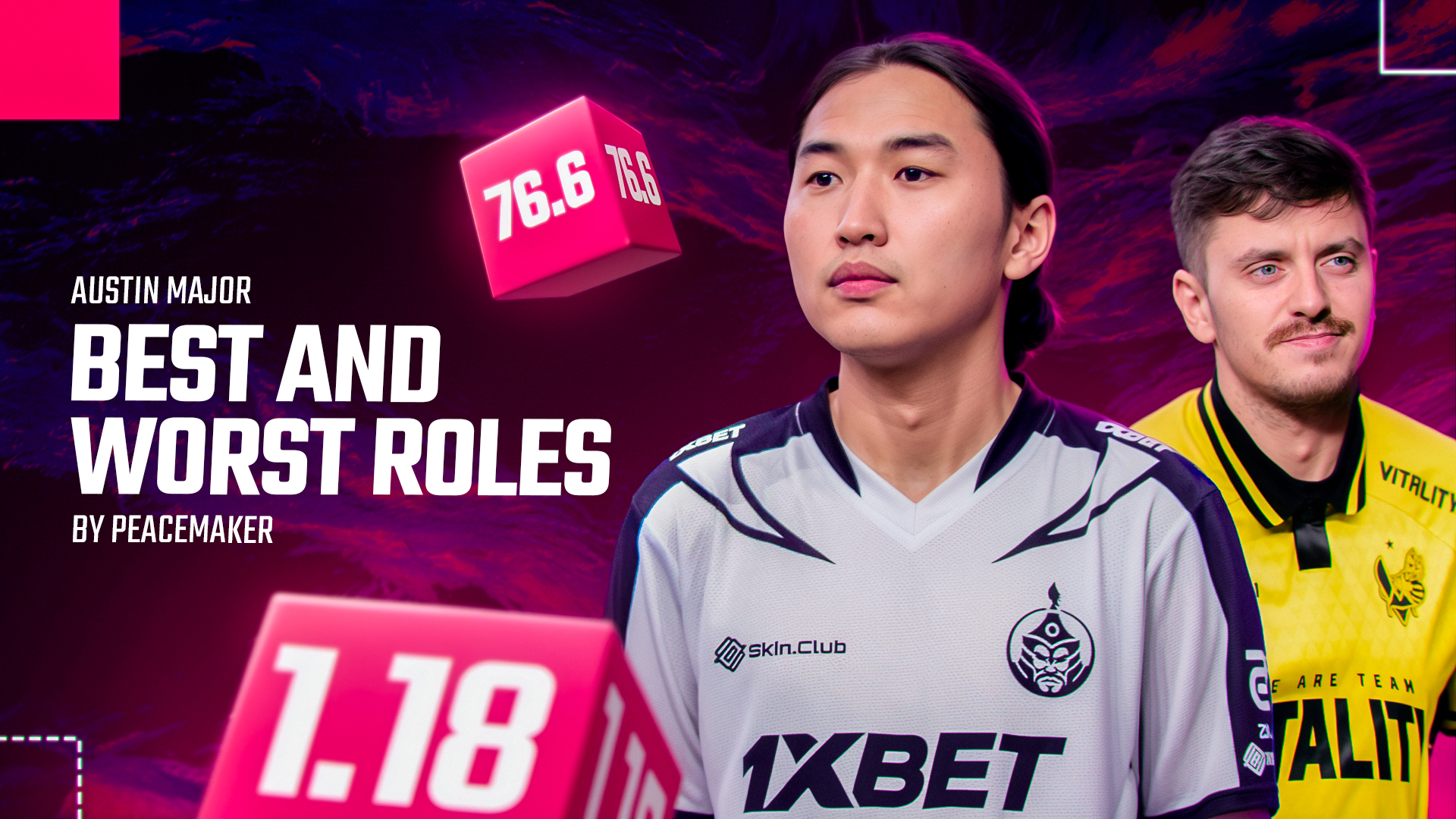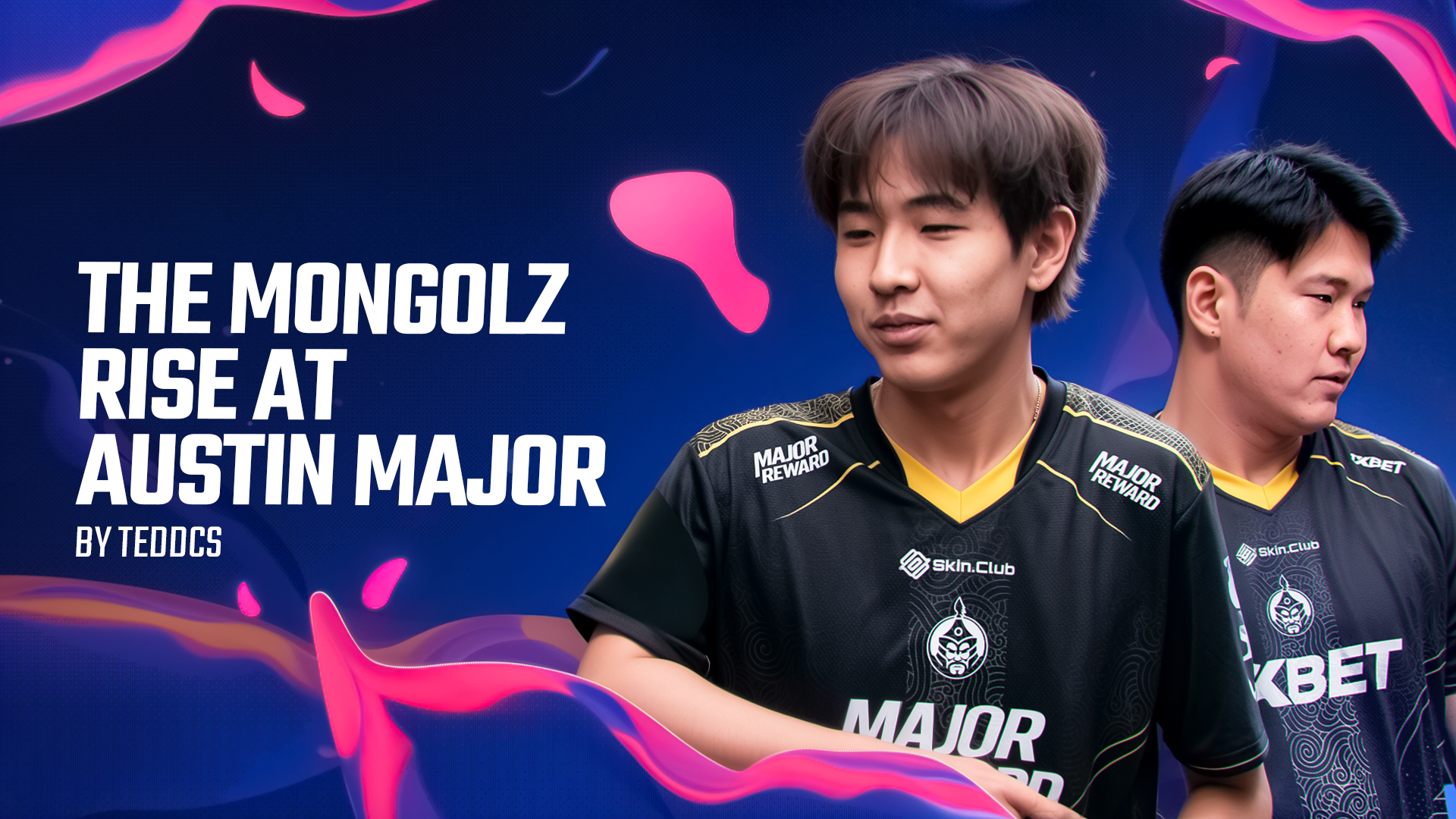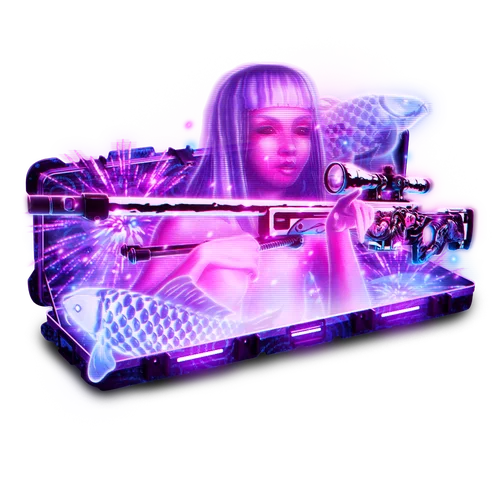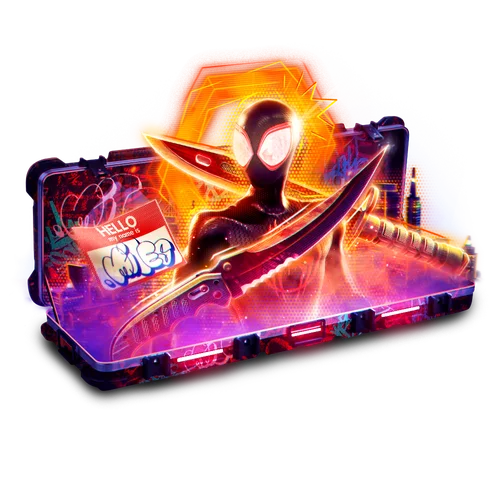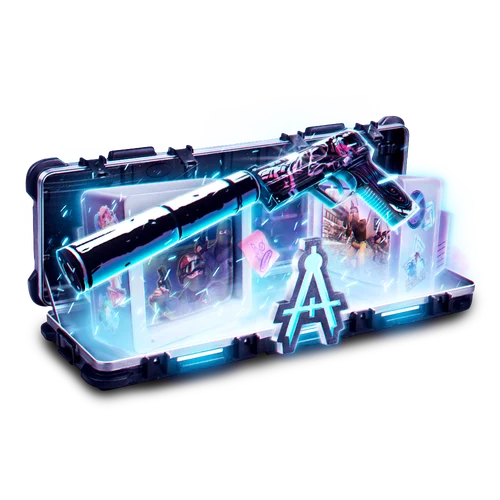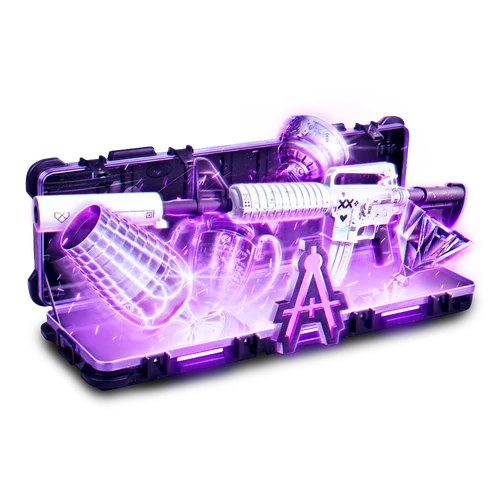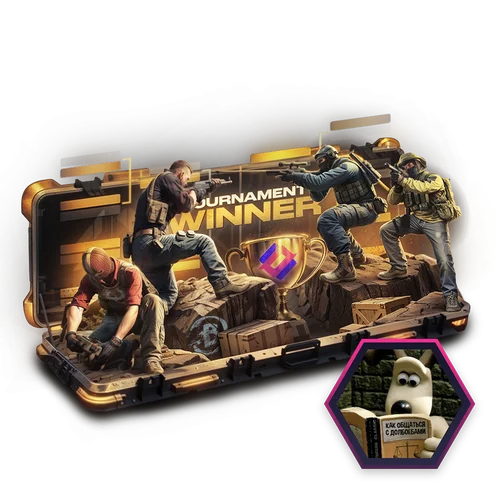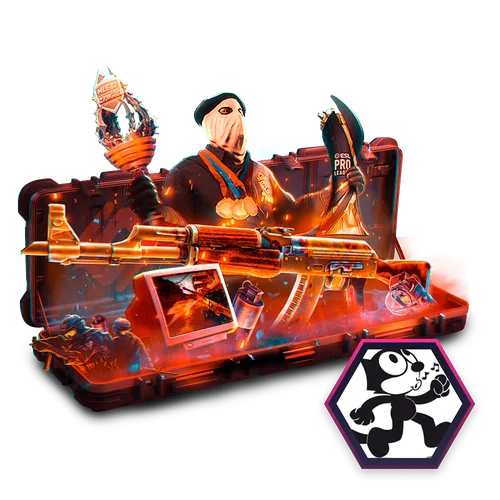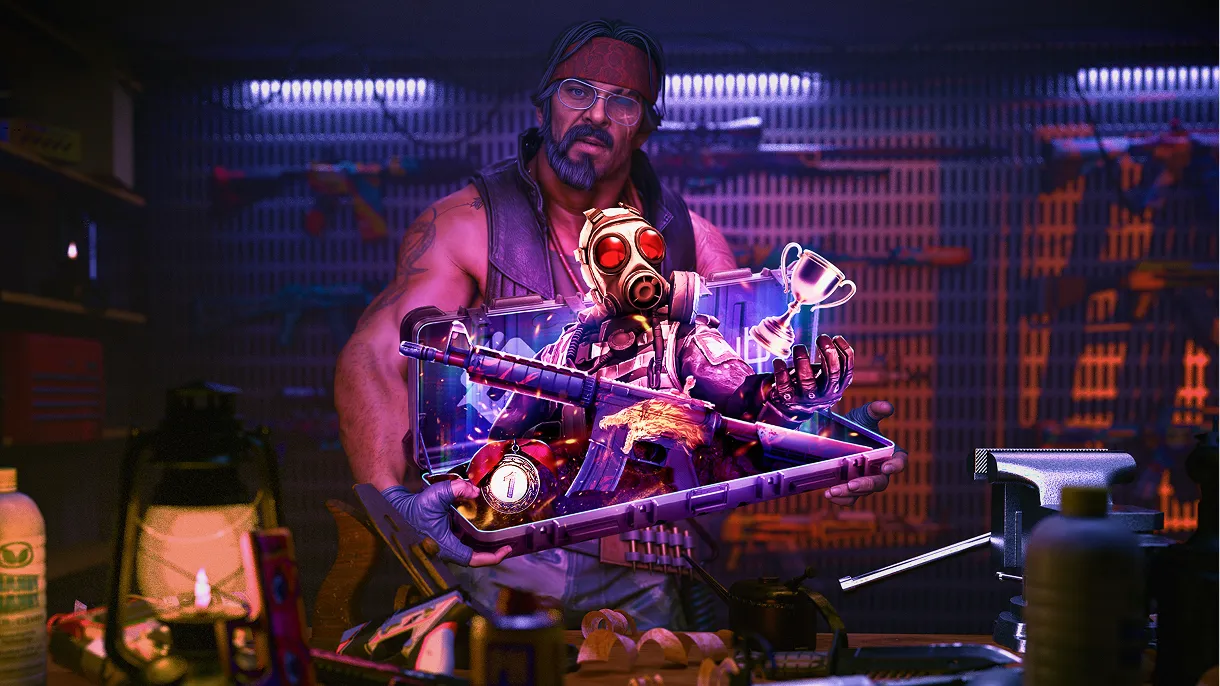Like their year-long rivals Ninjas in Pyjamas, Fnatic have been experiencing serious difficulties shaking off the narratives that have long hung around their necks. After failing to qualify for the first CS2 Major of 2025, the UK-based organization has now missed four of the last seven Counter-Strike Majors. That makes it increasingly difficult to convince pundits—and even their own fans—that the name which once dominated the global stage and won three Majors within the first three years of CS:GO can return to anything resembling its former glory.
Objectively, it remains hard to see the team’s trajectory as anything but erratic. Yet the transfer strategy adopted by Fnatic at the beginning of the year, and refined throughout the first season of 2025, may finally offer a sliver of hope heading into the second half of the calendar.
Choosing the Right Leader
Building a successful team could be likened to building a pyramid. The structure needs a sharp, defined peak—your star players—but nothing stands without a reliable base. The foundation must be strong, compatible, and able to support everything above it. In ancient Egypt, that base was limestone; in Counter-Strike, it’s the In-Game Leader (IGL)—the one who both binds the team and forms the backbone upon which everything is built.
This is where Fnatic made their first smart decision. With Danish veteran Benjamin “blameF” Bremer and Slovak rifler Matúš “MATYS” Šimko already in place, the rebuild had to begin somewhere in the middle. Rather than forming a team around a high-profile IGL, a big-name coach, or an AWPer who could potentially elevate the team long-term, the organization opted for a pragmatic route. They needed a leader who could act as the alloy, bringing cohesion to the existing firepower—and their answer was 24-year-old Rodion “fear” Smyk, the former captain of PASSION UA.
Unlike entry fraggers, AWPers, or lurkers, young IGLs are much rarer in Tier 1 Counter-Strike—not only due to a perceived lack of experience, but because leading a team requires a strong personality and maturity that often come with age. A captain must guide not just tactics in the server, but also manage personalities outside of it. In that respect, fear looked like a nearly perfect option. At 24, he had already spent two years moving between NAVI’s Youth and Junior lineups, gained some international experience with Benched Heroes and The Witchers, and most impressively, had led an inexperienced PASSION UA lineup to a Top 16 finish at a CS2 Major—without a single established Tier 1 player on the team.
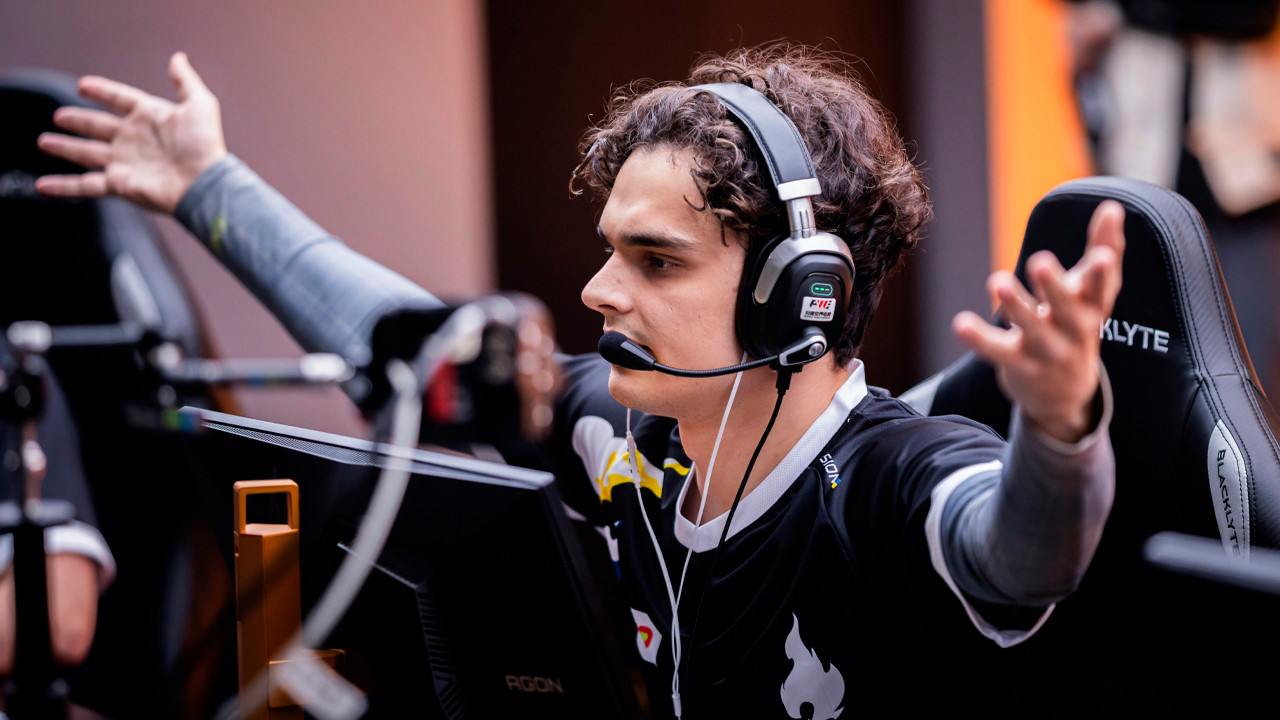
I am still far from the level of comfort I had on PASSION UA, because I am a highly dynamic IGL and the language barrier sometimes slows me down. But I am improving with each and every tournament—and when I finally reach my full potential and can call in English the same way I do in Ukrainian, it’s over for everyone.
— fear via TEDD TALK, April 10, 2025
So far, fear has shown many of the qualities that define great modern IGLs: a strong and authoritative voice, but also the humility to listen to his players and make sacrifices for the greater good. His vision of the game is sharp and modern—built on high-pressure, dynamic Counter-Strike with a strong mid-round presence, but also the ability to slow things down when necessary. That flexibility has already made a difference.
A Leader Is Nothing Without His AWPer
Alongside fear, Fnatic made another key signing at the start of the year: 17-year-old Denys “Burmylov” Buraga, a former MOUZ NXT prospect. Unfortunately, it didn’t take long to see that the young Ukrainian wasn’t yet ready to become the backbone of a Tier 1 team. With two rifles—blameF and MATYS—requiring significant space and autonomy to thrive, the role of the AWPer became even more critical. Burmylov, who had previously struggled even in MOUZ’s academy setup, couldn’t find his footing. It quickly became clear that he wasn’t the right fit.
That realization led to the second, and perhaps most crucial, move in Fnatic’s rebuild: the arrival of Dmytro “jambo” Semers.
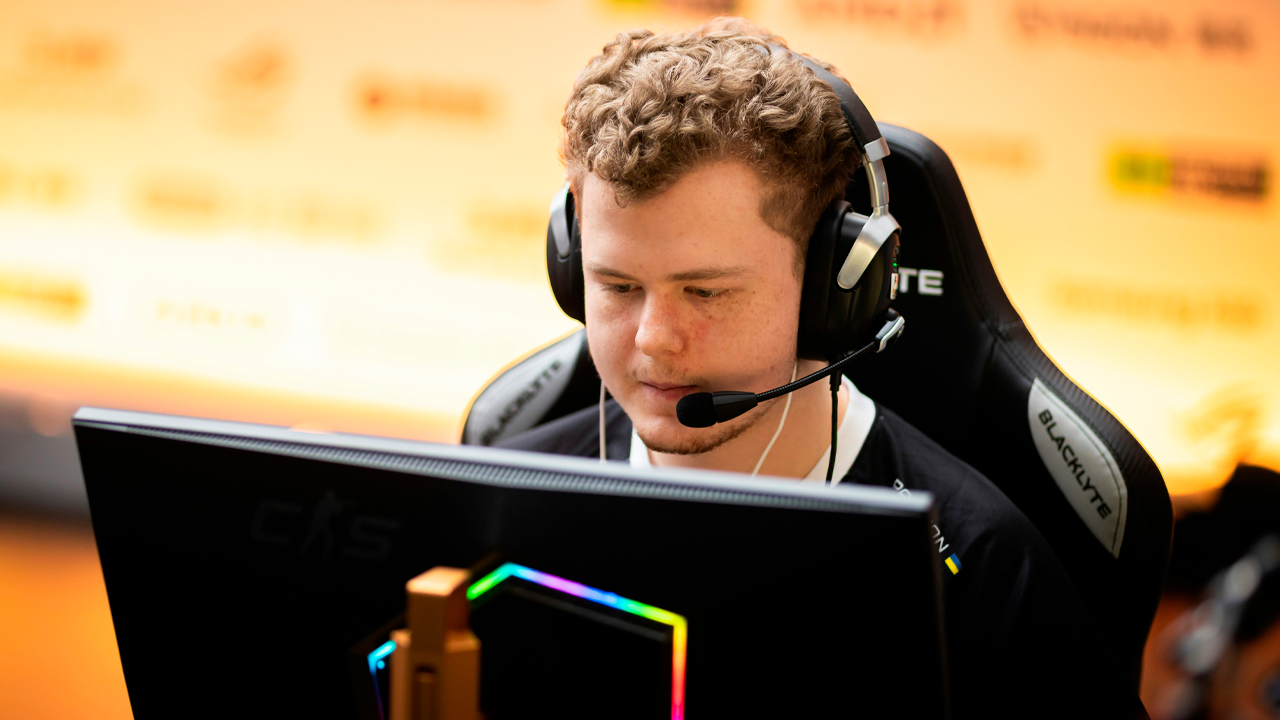
Jambo is one of the most talented AWPers in the world.
— fear via TEDD TALK, April 10, 2025
Some might argue that signing jambo earlier—perhaps alongside fear at the start of the year—would have been the wiser move, and they wouldn’t be wrong. Fnatic paid a price for delaying that decision, losing valuable months trying to build around a younger, less proven AWPer. Eventually, buying out PASSION UA’s standout sniper became the only logical step forward.
We believe jambo will play a key role in our vision to return to the biggest stages and once again compete for trophies. The decision was made to unite jambo with fear, creating a strong and promising duo to complement the rest of the team.
— Fnatic Team Director via HLTV
With most elite AWPers locked into long-term contracts with massive buyouts—and the rest often deemed risky prospects—jambo stood out as the obvious choice. His versatility, strong rifling skills, and, most importantly, pre-existing synergy with fear made him a perfect addition. Their compatibility not only strengthens one of the most important in-game relationships—the IGL-AWP duo—but also gives the team a clear tactical identity. Trust, communication, and shared vision between those two roles often set the tone for the rest of the roster.
Not There Yet—but Getting Closer
Despite the promising addition of jambo, Fnatic still failed to qualify for the BLAST Austin Major 2025—a major blow to both the players and the organization. For blameF, missing another Major—still only having attended two in his entire career—continues to be one of the great mysteries of modern CS.
To make matters worse, Fnatic couldn’t even compete in the Major RMR Qualifier with their full starting five. Just days before the event, the team announced that Johannes “b0RUP” Borup would stand in for Swedish legend and two-time Major winner Freddy “KRIMZ” Johansson. And while KRIMZ’s form had declined, his absence still left a noticeable gap at a crucial time.
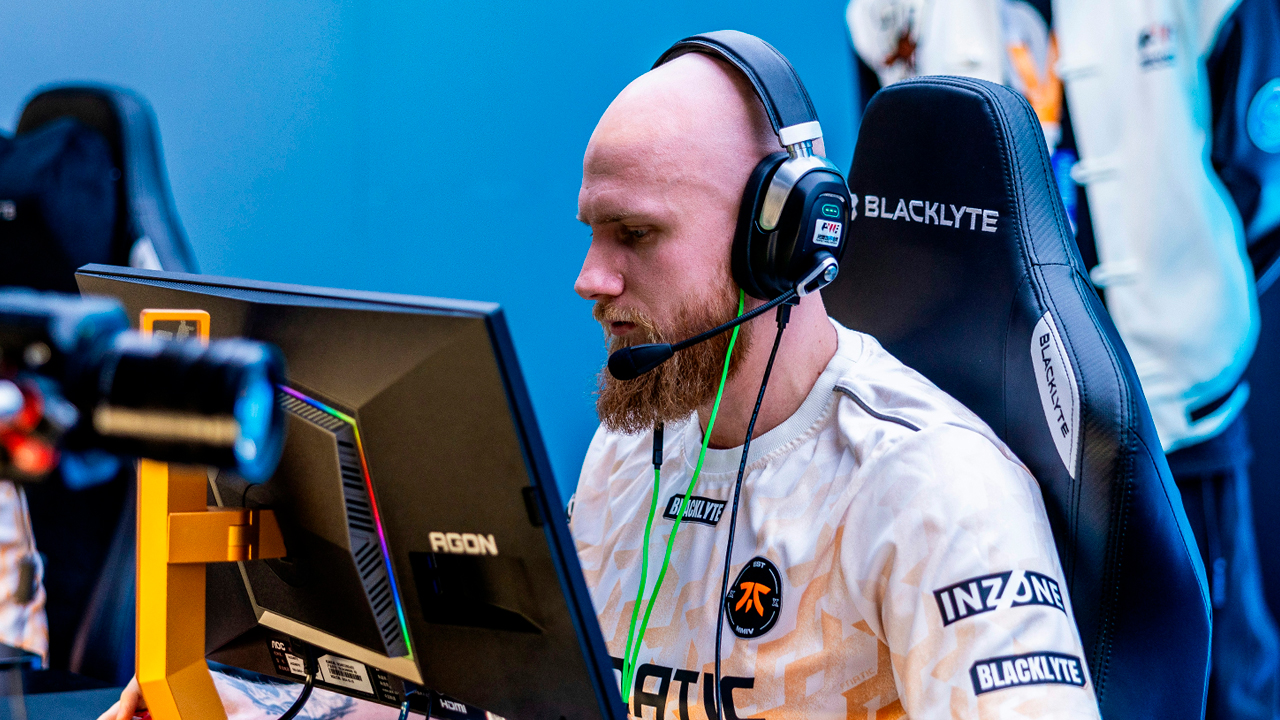
Following the MRQ disappointment, Fnatic participated in six events before the end of the season. Their most successful result came at the Tipsport Conquest of Prague LAN, where they defeated ENCE and 9INE to claim first place. While the event didn’t feature the full Tier 1 elite, the improvement in cohesion and individual performances was clear.
It remains uncertain whether the recent addition of Latvian coach Independent marks the final piece of the roster puzzle before the summer break. Rumors continue to swirl around KRIMZ’s future with the team, and the “availability” of high-caliber veterans like Emil “Magisk” Reif and Ilya “Perfecto” Zalutskiy could suggest that another shakeup is on the cards. From a purely performance-based standpoint, swapping KRIMZ for a support player with better form and a fresh tactical outlook could further strengthen the team’s foundations.
A Rebuild with Direction
Whatever happens next, Fnatic have shown a clear willingness to take bold steps and commit to a long-term vision—something that has often been missing from their past attempts at rebuilding. With fear and jambo reunited and supported by the raw talent of MATYS and the experience of blameF, this version of Fnatic is starting to look like a team with a genuine shot at rising again.

The rebuild is far from finished—but it is finally showing signs of direction, intent, and most importantly: progress. And with the second half of the 2025 season approaching fast, this pyramid might just be one of the harder ones to knock down.





























